
Christoffer’s voyage of Discovery
Master’s student Christoffer Aaseth’s first ever ‘business trip’ turned into the voyage of a lifetime with Kongsberg Discovery and the HiAOOS 2025 Arctic research team. Here he describes how innovation – both in technology and on the ice – collaboration and collective commitment can help unlock understanding at the edges of the Earth.
-
Text:Kongsberg Discovery
Photo:Christoffer Aaseth
Between July and August 2025, scientists, engineers and students from Norway, Poland, Germany and the USA embarked on the KV Svalbard for the HiAOOS (High Arctic Ocean Observing System) cruise. Their mission: to expand understanding of one of the planet’s least explored and most rapidly changing regions, the Arctic Ocean.
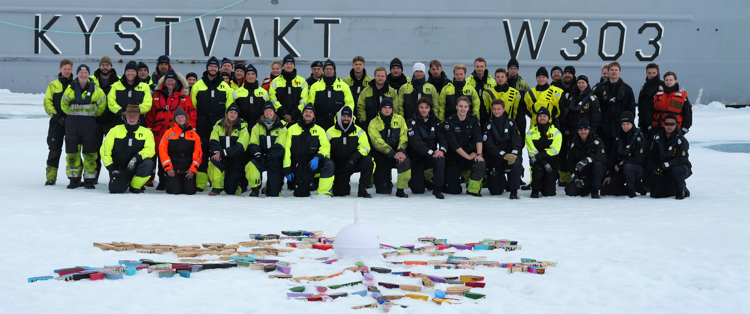
Extreme ambition
The expedition’s aim was ambitious; to deploy a series of oceanographic moorings and ice-based instruments designed to collect continuous data on temperature, salinity, ice-ocean interactions, and even underwater sound. This growing network of multipurpose moorings will form the foundation for year-round monitoring of the High Arctic, supporting research on everything from climate change to marine mammal activity. For Christoffer, who recently began his industrial Masters programme with Kongsberg Discovery, the cruise was not only a rare opportunity to work in one of the world’s most extreme environments, but also a firsthand introduction to the company’s technology in action. “It’s been an unforgettable experience,” he says.
“I’ve learned so much about how fieldwork actually happens - things you can’t learn in a classroom. Being part of this mission has been a huge privilege.”
Arctic first
At the heart of the expedition were advanced sensor systems developed by Naxys Technologies, now part of Kongsberg Discovery. Naxys specialises in acoustic and environmental monitoring systems - critical tools for observing the ocean’s hidden dynamics beneath the sea ice.

During the cruise, Christoffer worked alongside Terje Ystebø from Naxys to deploy the system, including a drifting acoustic receiver ice buoy and a subsurface mooring containing five integrated sensor segments (this is designed to sit 30 metres below the surface, anchored to the seafloor with a 400-metre cable).
“This was the first time a sensor system like this had been deployed,” Christoffer explains. “We had to rethink how to handle the equipment safely and efficiently in the field. Instead of lowering the anchor first, which would have stressed the cable, we floated the casing in the water and dropped the anchor afterwards, so it descended smoothly. It was an inventive solution, and it worked perfectly.”
Engineering on ice
Perhaps the most memorable challenge of the voyage came during the ice buoy deployment. The system, weighing over 250 kilograms, needed to be placed several hundred metres out on a stable ice floe - far enough from the ship’s path to ensure the ice remained intact for as long as possible.
Originally, the plan was to lower the buoy directly from the vessel, but melting or cracking ice made that approach risky. Instead, Christoffer and Terje designed and built a makeshift sled to haul the system 400 metres across the ice by hand.
“At first it was almost impossible to move - then toward the end we had to hold it back because the anchor and sensors started pulling it forward,” he laughs.
“It was hard work, but also incredibly rewarding. Everyone on the team helped. It really showed the spirit of cooperation on board.”
Unique experience
While the technical challenges were certainly memorable, Christoffer experienced the Arctic itself as “truly unforgettable.”
“One morning I looked out and saw the bluest ice I’ve ever seen — it was stunning, like something from another planet,” he recalls. “I tried to take pictures but, to be honest, no photo could capture it.”
And it wasn’t just the environment that left its mark… as he makes clear when describing an unexpected encounter with an Arctic ‘inhabitant’.
“We had a polar bear come right up to the ship while we were deploying one of the moorings,” he says. “It wandered off and came back just as we started making waffles on board… it must have smelled them!

“At one point it was only four or five metres below us as we sat on the outside of the KV Svalbard’s hull! It’s something I’ll never forget.”
Enabling opportunity
For Christoffer, the HiAOOS cruise was more than a research mission - it was “an amazing kick-off” to his career. “This was my first business trip, and it’s definitely set the bar high,” he says. “I’m extremely grateful for the chance to work alongside experienced engineers like Terje Ystebø, and to contribute to something that really matters - improving our understanding of the Arctic and supporting climate research.”
He also points to the sense of camaraderie aboard the KV Svalbard as one of the highlights of the journey.
“There was an amazing atmosphere - great food, good humour, and a real feeling of teamwork. It made the hard work enjoyable and the experience unforgettable.”
As HiAOOS continues to build a foundation for sustainable Arctic observation, Christoffer’s story offers a glimpse into the next generation of ocean technology professionals… and how companies, like Kongsberg Discovery, can help them take their first steps.
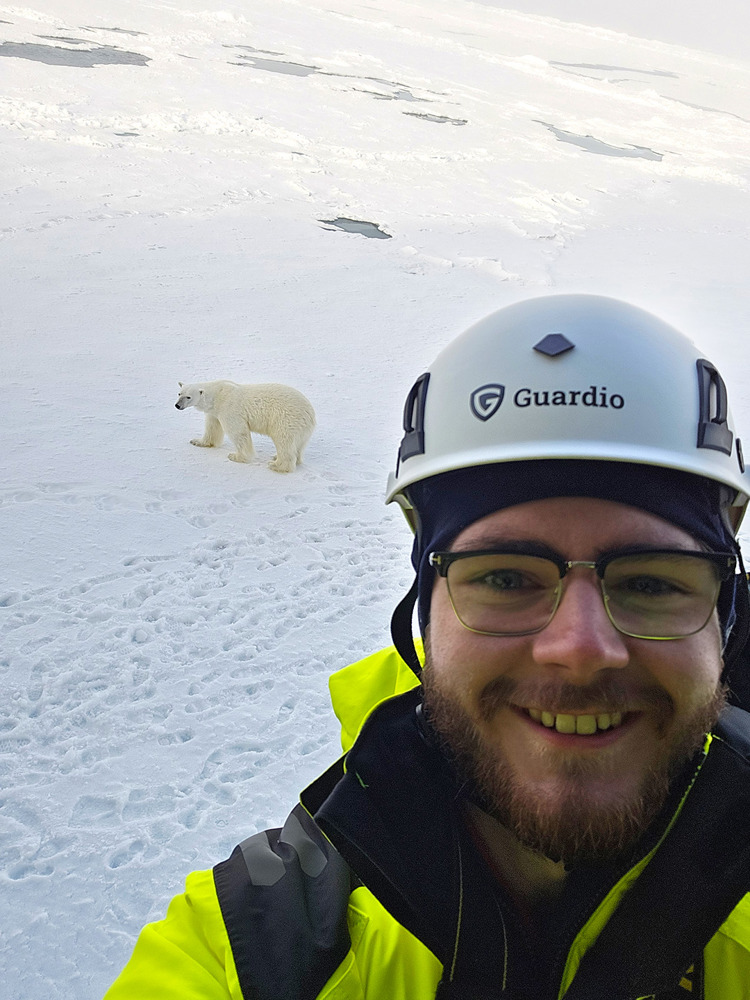
“I can’t thank everyone that’s been involved enough,” he concludes with a broad smile. “I’ve learned so much and can’t wait to see where it leads next.”
Snapshots from the trip
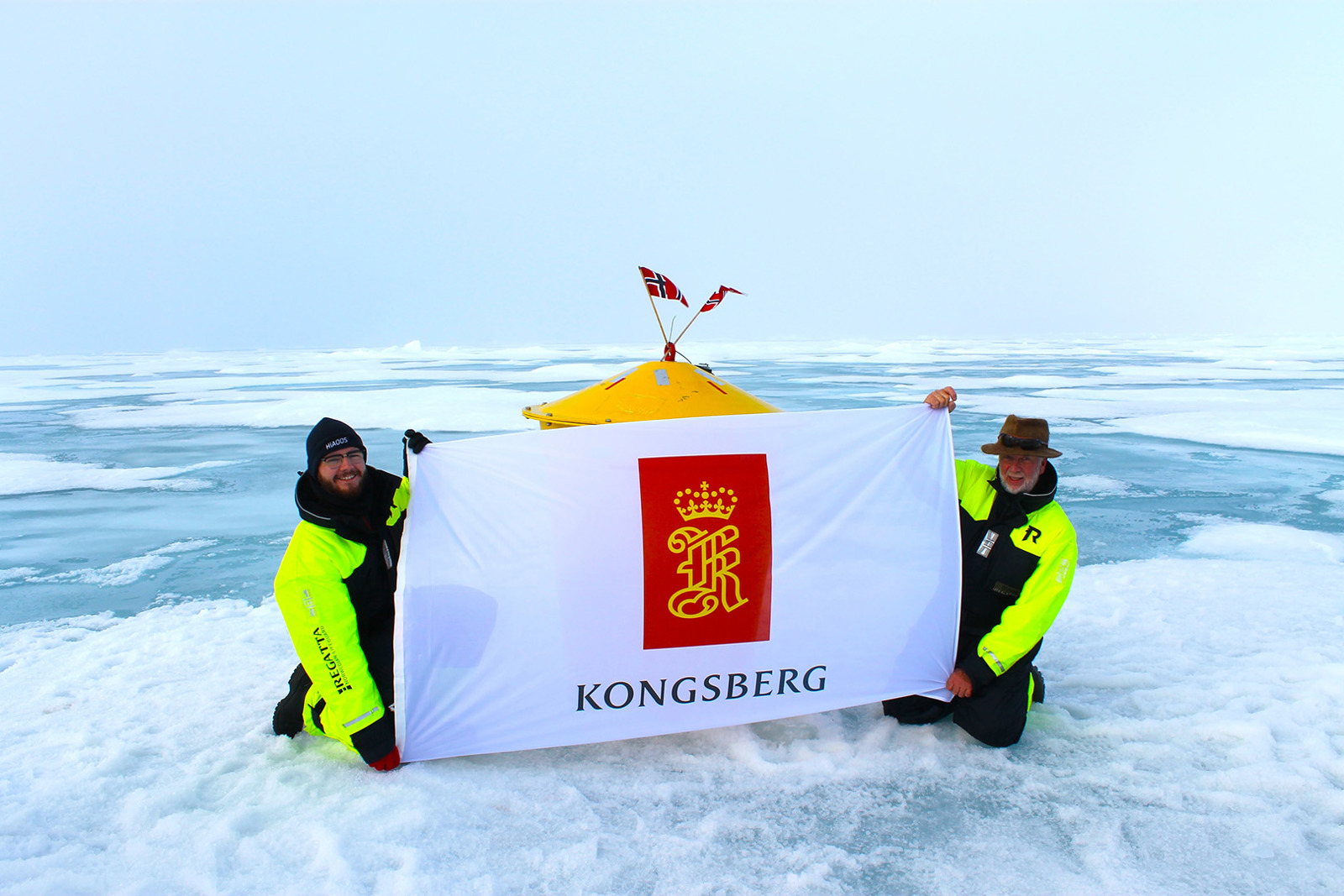
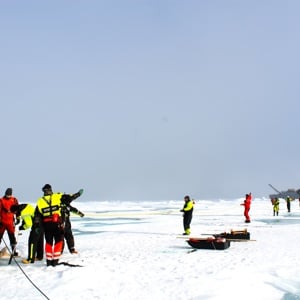
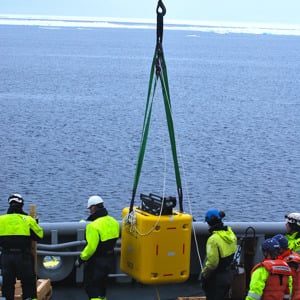


What is HiAOOS?
Kongsberg Discovery is a partner in the High Artic Ocean Observation System (HiAOOS)
HiAOOS aims to advance the uptake of new ocean observing capabilities and capacity in the high Arctic to strengthen European and national infrastructures in their effort to support new and ambitions research within climate, environment and geohazards.